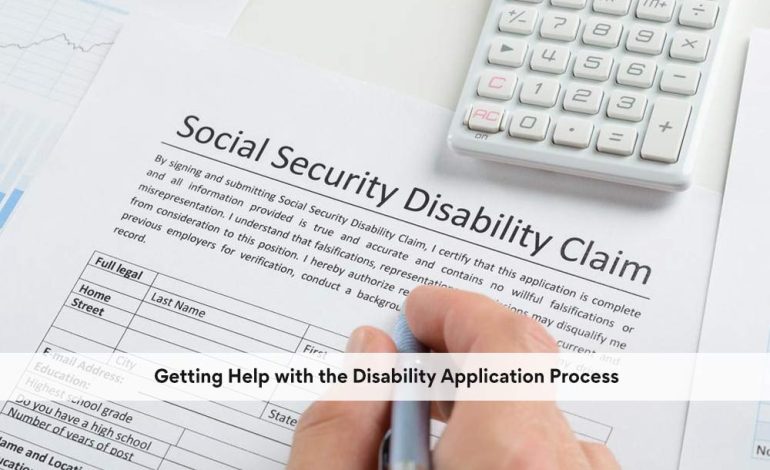Is There a Formula For Determining Qualified Disability Claimants?
Social Security disability programs were created by the federal government to provide financial support to disabled individuals. Expert attorneys that work in the Social Security disability area understand what it takes to assist their clients with disability claims. The Social Security Administration has set up a five-step sequential evaluation process that is used to determine whether a claimant qualifies for benefits or not. All the steps are written and explained in Social Security’s complicated rules and regulations. For a claim to be successful, all steps must be adequately proven.
Here Is A Simplified Version of Social Security’s Five-Step Sequential Evaluation Process
- Is the claimant working?
- Are the claimant’s impairments severe?
- Do the claimant’s impairments meet or equal one of Social Security’s listing of impairments?
- Based on the claimant’s limitations and past work, can the claimant perform their past relevant work?
- Based on the claimant’s age, education, and work experience can the claimant perform any other work in the national economy?
Each step requires careful analysis when a disability claim is presented to Social Security. The best way to make sure these steps are handled with care, that the proper supporting documentation and forms are submitted, and that a valid argument is formed for your case is to hire a Federal disability lawyer in North Carolina.
How Social Security Disability Regulations Relate to Previous Employment- Past Relevant Work
The Social Security Administration is going to evaluate whether, considering your medical conditions and limitations, whether or not you could perform your past relevant work. This includes looking back at your work history for the last fifteen years. To determine what jobs are included in your past relevant work, several factors are evaluated. For a past job to be considered past relevant work, you must have been employed for an adequate length of time to learn the job duties. You must have done the work for pay. You also must have worked at or above the substantial gainful activity limit, which is generally full-time work, for an extended period. The Substantial gainful activity limit in 2014 was $1,070 per month. So, if you consistently worked a job within the last 15 years, for an extended period, long enough to learn the job duties, and made over the SGA limit, then it will be considered past relevant work. Once your past relevant work is determined, then the SSA is going to decide if you are currently mentally and physically capable of being able to do your past relevant work. If you cannot currently perform any of your past relevant work, SSA then determines, considering your age, education, limitations, and work history, if you could adjust to working any new jobs that exist in significant numbers in the national economy.


